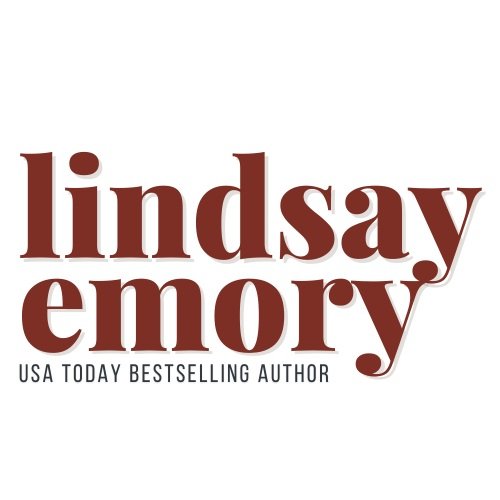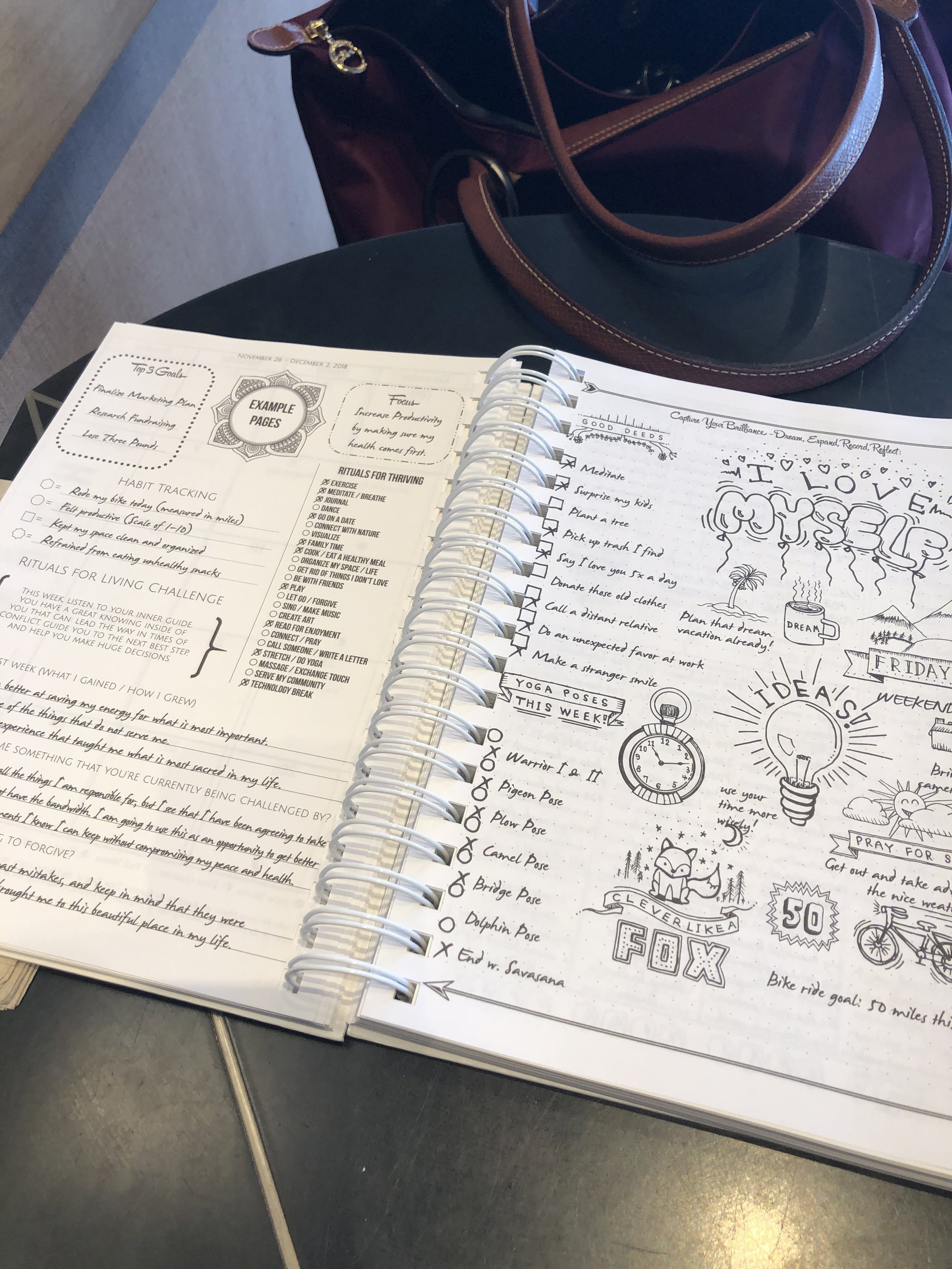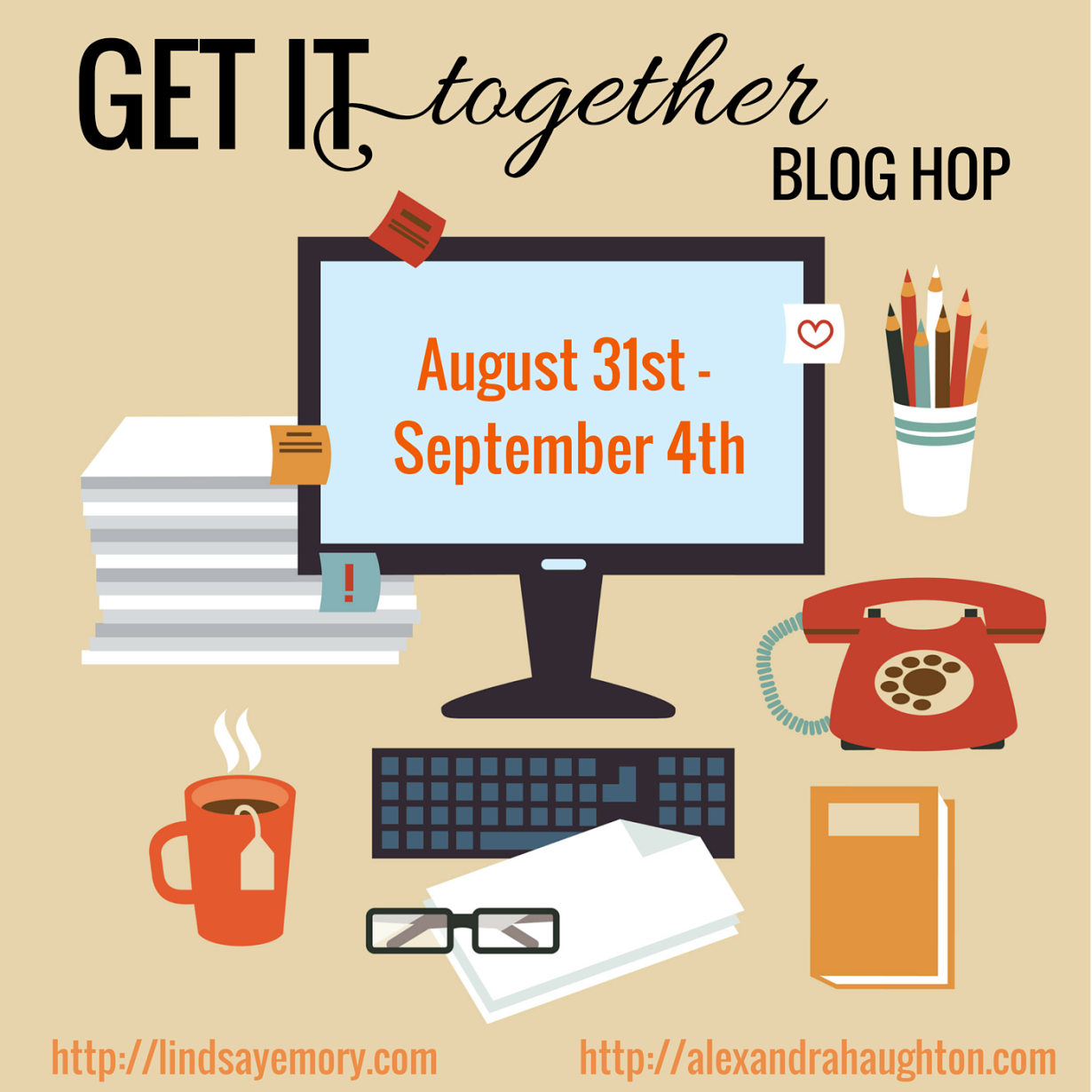Who buys a new planner in March?! Three months after the new year has already started?
Well, I guess that would be me.
Why did I do this? I am (still) very happy with my current planner set up (as I showed it here) and, in fact, I would even say I have reached that elusive #plannerpeace.
But. I have seen this planner… somewhere… for a while and when someone in one of my planner groups posted that it was on sale, i decided to grab it and see what aspects of it I could use.
It’s the Dragontree Apothecary Rituals for Living Dreambook + Planner and it’s now out of stock on their site but still available - marked down - on Amazon.
I’ve been intrigued with this planner because of one word: Ritual.
What a great word, right? It’s a planner-y and organizational word but it’s also embued with a weight, a sort of spiritual meaning that is popular in the woo-woo community right now.
Basically, I wanted to know how to incorporate ritual into my planning.
After I got the planner in the mail, I took it with me to Starbucks - a latte while the kid is at tennis is a deeply satisfying ritual for me so it seemed like a perfect opportunity to review and inspect this new addition to my planning lineup.
The Dragontree Apothecary Rituals for Living Dreambook + Planner
The first thing that I liked about the planner is that stark white cover with the embossed mandala design. The book is thick and sturdy and has a spiral binding.
I mean, it’s totally impractical for carting around and day to day life but if you’re the type of person that leaves her planner on her desk all the time, it would work great for you.
This “dreambook” takes you through a whole system of evaluating your dreams, values, life purpose, etc. It’s really thorough and, honestly, more than I want to do in March. BUT. Will I really enjoy this process next December or January? Probably!
I also really enjoy having annual, quarterly, and weekly pages. One of the things I love about the Hobonichi Cousin Techo is the annual, monthly, weekly and daily so the focus on quarterly is nice to have, especially when I have been incorporating Sarra Cannon’s HB90 planning method which is quarterly. If you haven’t heard of this before, check it out in this video:
I was really excited when I turned the page and saw this drawing (they provide filled out sample pages - these are NOT my lifetime goals!). I’ve been drawing diagrams like this since studying for exams in college. It always helped me draw connections between dates and events in my history and political science courses so I instantly connected with these pages.
The book gives you ample space to draw and dream - which I love - AND encourages you to dream up 1 year, three year, and ten year goals! I LOVE LONG TERM DREAMING.
This is where I started thinking about going to find a photocopier and making myself 50 copies of these pages. I could do this all day, folks.
*** Also not my drawings. Not my goals. ***
There’s space every week to draw and brain dump and set more goals, which you don’t find in every planner. And this is where the rituals come in. They have a list of suggested rituals and a different suggested weekly practice. I flipped through the book and saw that there were lots of variations - things I would do, things I maybe wouldn’t.
I had to laugh at this “sample” daily schedule. “NOT TOO MUCH PIZZA. MAYBE SALAD.” Can they read inside my head???
In sum, I’m glad I got this planner. I’m not sure how I’ll work it into my system yet because I already have a system I really love. But we’re about to boot up the second quarter of 2019 and maybe I’ll try to incorporate my own unique rituals into my planning time. Like more meditation or more music. Or more lattes.
If you love paper planning too, make sure you’re following me on Instagram. I’m trying to post more photos of my planning process there and of course I co-host the annual #readwriteplan Instagram challenge. Follow the hashtag #readwriteplan so you can be up-to-date on all our annoucements!













